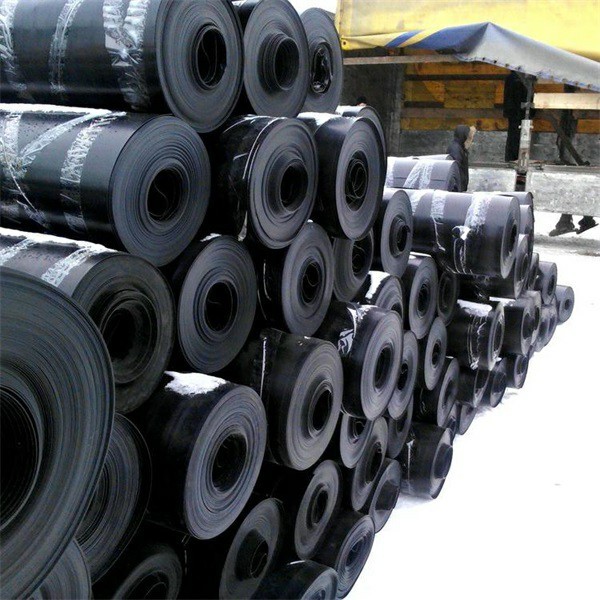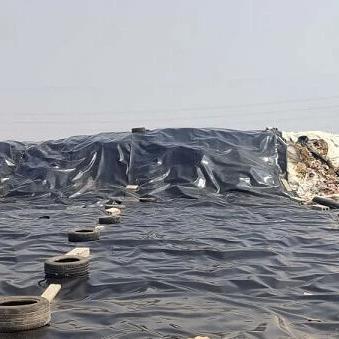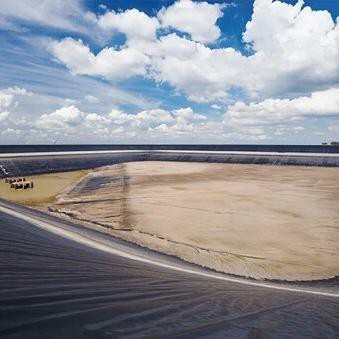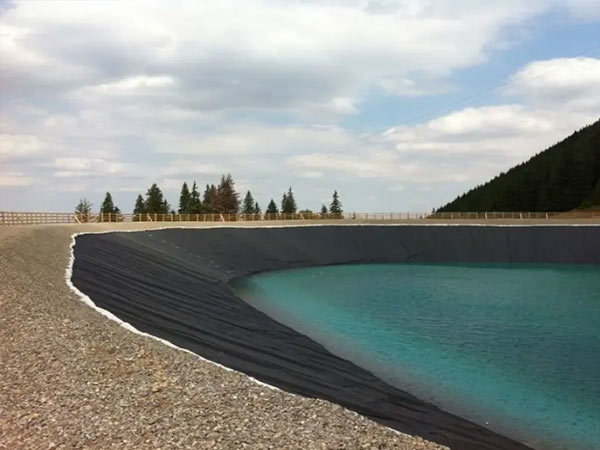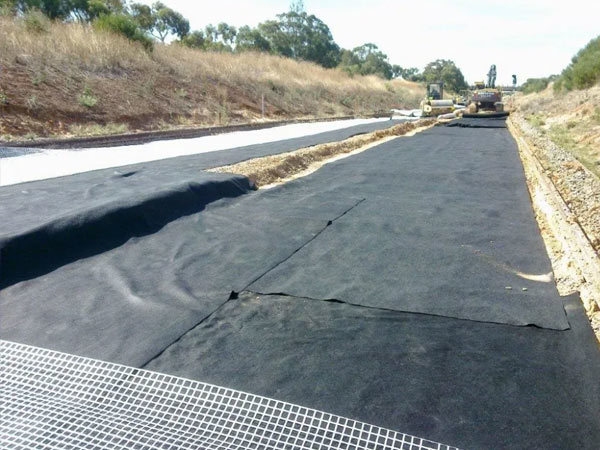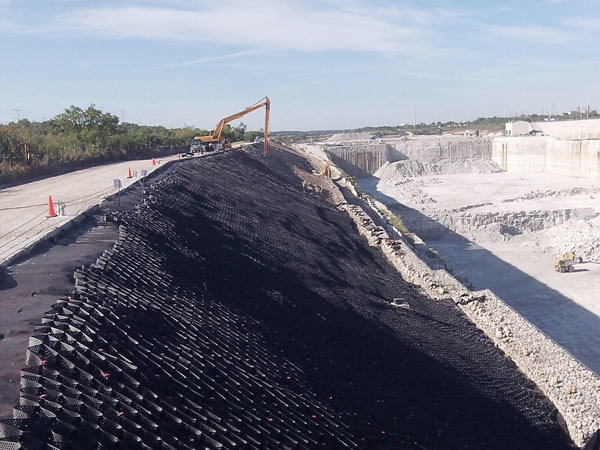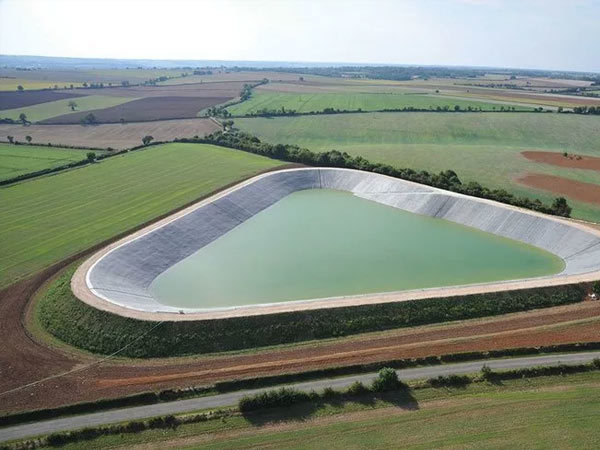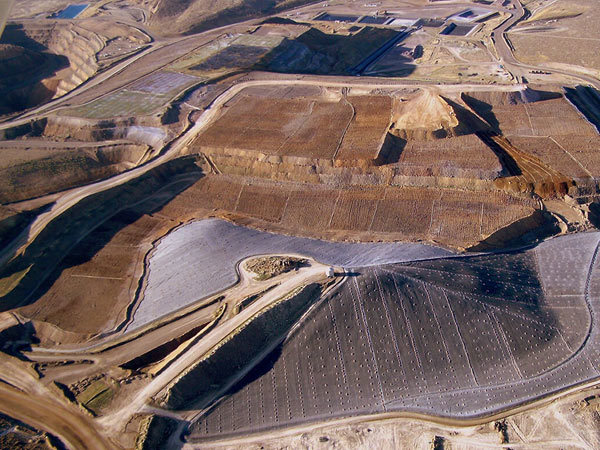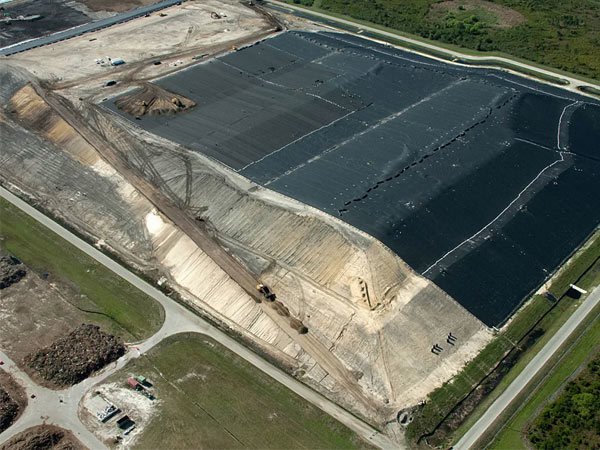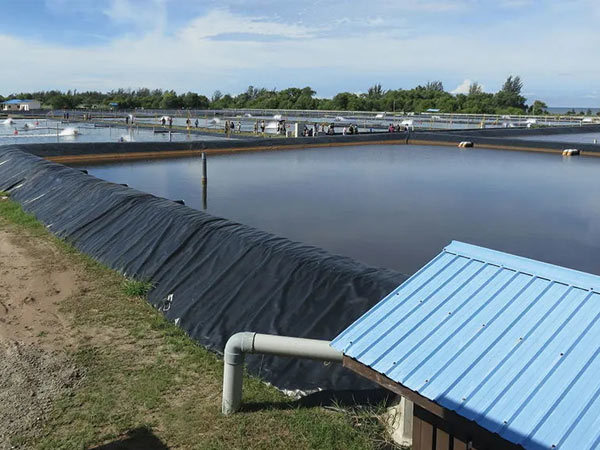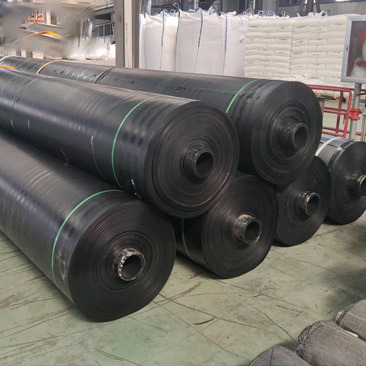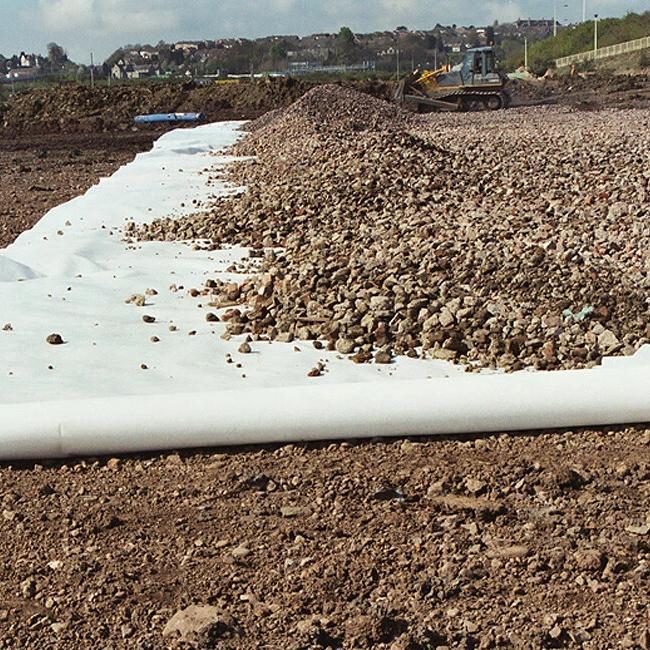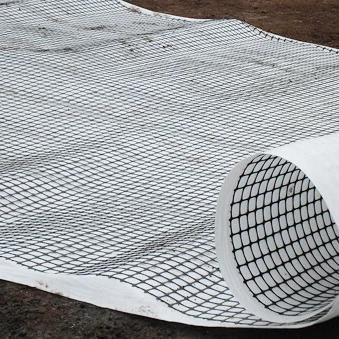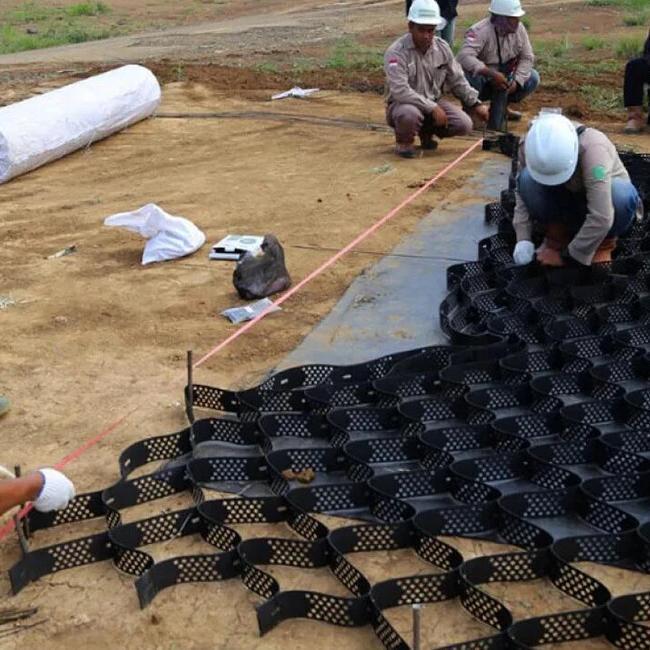Waterproof Geomembrane
Textured geomembrane is a type of geomembrane that has a rough or textured surface. This texture helps to prevent the geomembrane from slipping or sliding, and it also helps to increase the friction between the geomembrane and the underlying surface.
- Commodity name: Waterproof Geomembrane
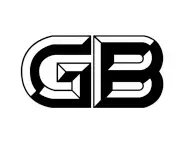
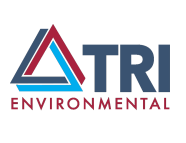
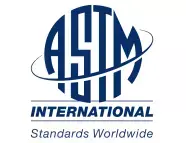
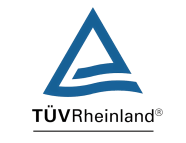

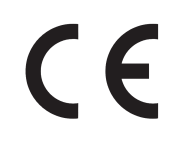
Delivery Time
10-15 days after receiving payment
Delivery Method
Send in the best possible way
Delivery Time
Usually 15-30 days
- Product Description
-
What is Textured geomembrane?
Textured geomembrane is a type of geomembrane that has a rough or textured surface. This texture helps to prevent the geomembrane from slipping or sliding, and it also helps to increase the friction between the geomembrane and the underlying surface. This makes textured geomembrane a good choice for applications where there is a risk of slippage, such as landfill liners and dams.
Textured geomembrane is made from the same materials as smooth geomembrane. However, the textured surface is created by a process called embossing. Embossing is a process that uses a mold to create a raised pattern on the surface of the geomembrane.
The texture of textured geomembrane can vary depending on the type of mold that is used. Some textured geomembranes have a smooth, pebbled texture, while others have a more pronounced, ridged texture. The type of texture that is best for a particular application will depend on the specific requirements of the project.Specification:
Black, white, green, blue etc. or according to your.
Width: 1-8m
Length: 50-150m as customized
Thickness:0.2mm-3.0mm
Color: Black, white,blue customized products can be supported according to customer needs
Types:Single-sided textured geomembrane,double-sided textured geomembrane,pillar point geomembraneWhat is the types of Textured geomembrane?
There are three main types of textured geomembrane:
Single-textured geomembrane: This type of geomembrane has a single type of texture on the entire surface. The texture can be smooth, pebbled, or ridged, depending on the specific application.
Applications: Landfill liners, dams, erosion control.Double-textured geomembrane: This type of geomembrane has two different types of textures on the surface. The two textures are typically arranged in a checkerboard pattern. This type of geomembrane is often used in applications where there is a need for both increased friction and reduced adhesion.
Applications: Traffic barriers, aquaculture pondsPillar point geomembrane: Generally not selected.
Here is a table that summarizes the key differences between single-textured and double-textured geomembrane:
The type of textured geomembrane that is best for a particular application will depend on the specific requirements of the project. For example, single-textured geomembrane is often used in landfill liners and dams because it provides increased friction and reduced adhesion. Double-textured geomembrane is often used in traffic barriers and aquaculture ponds because it provides both increased friction and reduced adhesion.
Here are some additional factors to consider when choosing a textured geomembrane:
Thickness: The thickness of the geomembrane will affect its strength and durability. Thicker geomembranes are more resistant to punctures and tears, but they are also more expensive.
Material: The material that the geomembrane is made from will affect its properties. HDPE geomembranes are more resistant to chemicals and UV radiation than PVC geomembranes.
Price: Textured geomembrane is more expensive than smooth geomembrane. However, the additional cost is often justified by the improved performance of textured geomembrane.
By carefully considering all of these factors, you can choose the right textured geomembrane for your project.What are the applications of Textured geomembrane?
- Landfill liners: Textured geomembrane is often used as a liner for landfills. The textured surface helps to prevent the landfill from leaking and also helps to reduce the adhesion of materials, such as dirt and debris.
- Dams and levees: Textured geomembrane is also used in dams and levees. The textured surface helps to increase the friction between the geomembrane and the underlying surface, which helps to prevent the dam or levee from slipping or sliding.
- Erosion control: Textured geomembrane can be used to control erosion. The textured surface helps to prevent soil from eroding and also helps to reduce the adhesion of materials, such as dirt and debris.
- Rooftop membranes: Textured geomembrane can be used as a roofing membrane. The textured surface helps to prevent water from pooling on the roof and also helps to reduce the adhesion of materials, such as dirt and debris.
- Aquaculture ponds: Textured geomembrane can be used in aquaculture ponds. The textured surface helps to prevent fish from escaping and also helps to reduce the adhesion of materials, such as algae and sediment.
- Traffic barriers: Textured geomembrane can be used as a traffic barrier. The textured surface helps to prevent vehicles from slipping or sliding and also helps to reduce the adhesion of materials, such as dirt and debris.
These are just some of the most common applications for textured geomembrane. Textured geomembrane is a versatile product that can be used in a variety of other applications as well.
 Here are some additional benefits of using textured geomembrane:
Here are some additional benefits of using textured geomembrane:- Increased friction: textured surface of textured geomembrane helps to increase the friction between the geomembrane and the underlying surface. This makes it less likely that the geomembrane will slip or slide, which is important in applications where there is a risk of erosion or flooding.
- Reduced adhesion: textured surface of textured geomembrane also helps to reduce the adhesion of materials, such as dirt and debris. This makes it easier to clean and maintain the geomembrane, and it also helps to extend the lifespan of the geomembrane.
- Improved drainage: textured surface of textured geomembrane can help to improve drainage. This is important in applications where water runoff is a concern, such as landfill liners and dams.
- Enhanced durability: textured surface of textured geomembrane can help to enhance the durability of the geomembrane. This is important in applications where the geomembrane will be exposed to harsh environments, such as UV radiation and chemicals.
If you are looking for a geomembrane that is resistant to slipping, sliding, and adhesion, then textured geomembrane is a great option. It is a versatile and durable product that can be used in a variety of applications.

Properties
Test Method
Test Value
Testing Frequency
(minimum)0.75
mm1.00
mm1.25
mm1.50
mm2.00
mm2.50
mm3.00
mmThickness (min. ave.) - mm
•lowest individual for 8 out of 10 values - %
•lowest individual for any of the 10 values - %D 5994
nom.-5%
- 10
- 15nom.-5%
- 10
- 15nom.-5%
- 10
- 15nom.-5%
- 10
- 15nom.-5%
- 10
- 15nom.-5%
- 10
- 15nom.-5%
- 10
- 15per roll
Asperity Height mils (min. ave.) - mm D 7466
0.40
0.40
0.40
0.40
0.40
0.40
0.40
every 2nd roll (1)
Formulated Density (min. ave.) - g/cc D 1505/D 792
0.95-0.97
0.95-0.97
0.95-0.97
0.95-0.97
0.95-0.97
0.95-0.97
0.95-0.97
90,000 kg
Tensile Properties (min. ave.) (2)
• yield strength - kN/m
• break strength - kN/m
• yield elongation - %
• break elongation - %D 6693
Type IV11
8
12
10015
10
12
10018
13
12
10022
16
12
10029
21
12
10037
26
12
10044
32
12
10022
16
12
100Tear Resistance (min. ave ) - N D 1004
93
125
156
187
249
311
374
20,000 kg
Puncture Resistance (min. ave.) - N D 4833
200
267
333
400
534
667
800
20,000 kg
Stress Crack Resistance - hr. (3) D 5397
(App )500
500
500
500
500
500
500
per GRI GM10
Carbon Black Content (range) - % D 4218 (4)
2.0-3.0
2.0-3.0
2.0-3.0
2.0-3.0
2.0-3.0
2.0-3.0
2.0-3.0
9,000 kg
Carbon Black Dispersion D 5596
note (5)
20,000 kg
Oxidative Induction Time (OIT) (min. ave.) (6)
(a) Standard OIT - min.
— or —
(b) High Pressure OIT - min.D 8117
D 5885100
400100
400100
400100
400100
400100
400100
40090,000 kg
Oven Aging at 85°C (6) (7)
(a) Standard OIT (min. ave.) - % retained after 90 days
— or —
(b) High Pressure OIT (min ave ) - % retained after 90 daysD 5721
D 8117
D 5885
55
80
55
80
55
80
55
80
55
80
55
80
55
80per each formulation
UV Resistance (8)
(a)Standard OIT (min. ave.)
— or —
(b) High Pressure OIT (min. ave.) - % retained after 1600 hrs (10)D 7238
D 8117
D 5885N.R.(9)
per each formulation
50
50
50
50
50
50
50
(1) Alternate the measurement side for double sided textured sheet
(2) Machine direction (MD) and cross machine direction (XMD) average values should be on the basis of 5 test specimens each direction. Yield elongation is calculated using a gage length of 33 mm . Break elongation is calculated using a gage length of 50 mm
(3) The SP-NCTL test is not appropriate for testing geomembranes with textured or irregular rough surfaces. Test should be conducted on smooth edges of textured rolls or on smooth sheets made from the same formulation as being used for the textured sheet materials.The yield stress used to calculate the applied load for the SP-NCTL test should be the manufacturer’s mean value via MQC testing.
(4) Other methods such as D 1603 (tube furnace) or D 6370 (TGA) are acceptable if an appropriate correlation to D 4218 (muffle furnace) can be established.
(5) Carbon black dispersion (only near spherical agglomerates) for 10 different views: 9 in Categories 1 or 2 and 1 in Category 3.
(6) The manufacturer has the option to select either one of the OIT methods listed to evaluate the antioxidant content in the geomembrane.
(7) It is also recommended to evaluate samples at 30 and 60 days to compare with the 90 day response.
(8) The condition of the test should be 20 hr. UV cycle at 75oC followed by 4 hr. condensation at 60oC.
(9) Not recommended since the high temperature of the Std-OIT test produces an unrealistic result for some of the antioxidants in the UV exposed samples.
(10) UV resistance is based on percent retained value regardless of the original HP-OIT value.
Key words:
Waterproof Geomembrane
Factory Appearance
The main products include HDPE geomembrane, HDPE high-density geomembrane, LDPE geomembrane, smooth geomembrane, rough geomembrane, composite geomembrane, column geomembrane, liner geomembrane, waterproof board, geotextile, geogrid, bentonite synthetic blanket and other geosynthetics.


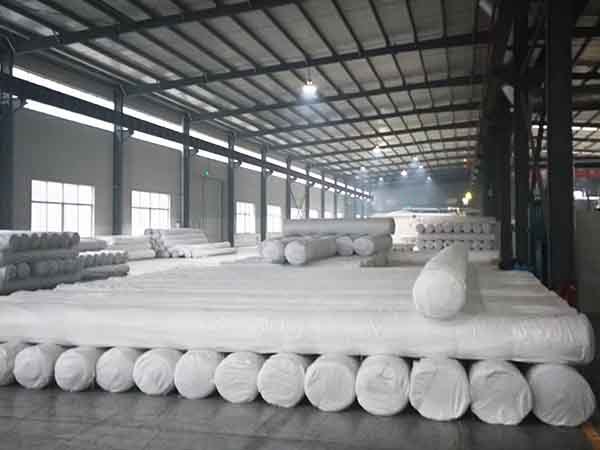

Packaging And Delivery
Our annual output has exceeded 300 million square meters, with our main markets being South America, Australia, parts of Asia and Africa, and our products are exported to more than 40 countries. We not only guarantee stable production capacity and on-time delivery, but also have professional technical workers and are constantly improving product quality to meet customer needs.
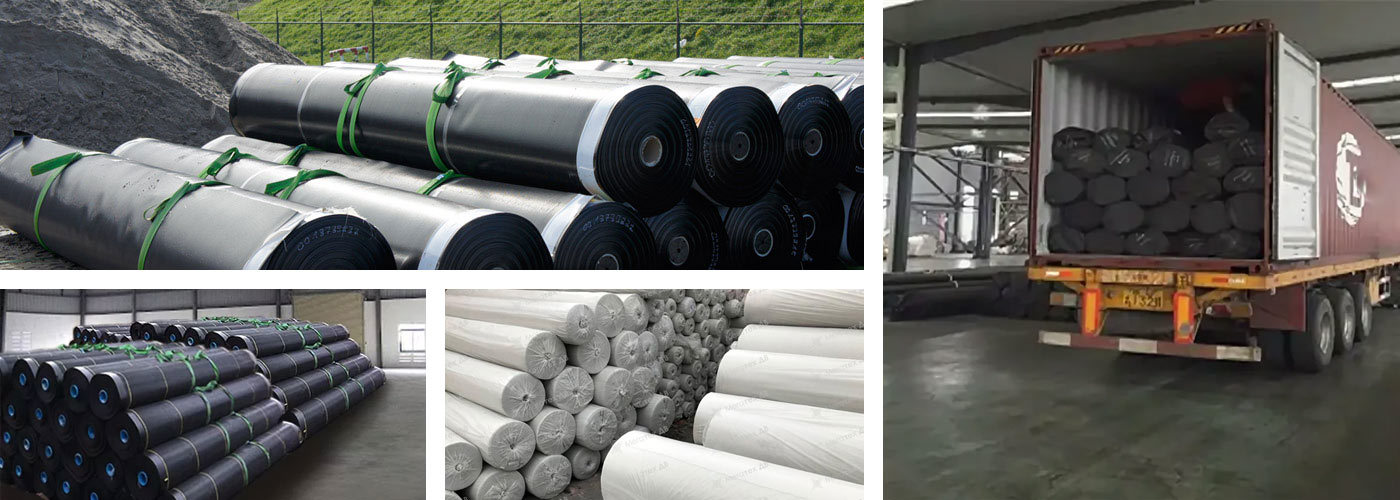
Application Cases
These products have been widely used in more than 300 projects in the fields of environmental protection, expressways, railways, golf courses, etc. The company has accumulated rich engineering experience. It enjoys a reputation of "good quality and high standard" in the industry, and has received unanimous praise from the engineering community and a large number of users. Moreover, it has established close cooperative relationships with dozens of scientific research and design units and universities across the country.
Customer visit
The company always adheres to the business philosophy of "science and technology first, integrity-based, and win-win coexistence", and sincerely hopes to cooperate extensively with friends at home and abroad to jointly draw a magnificent blueprint!
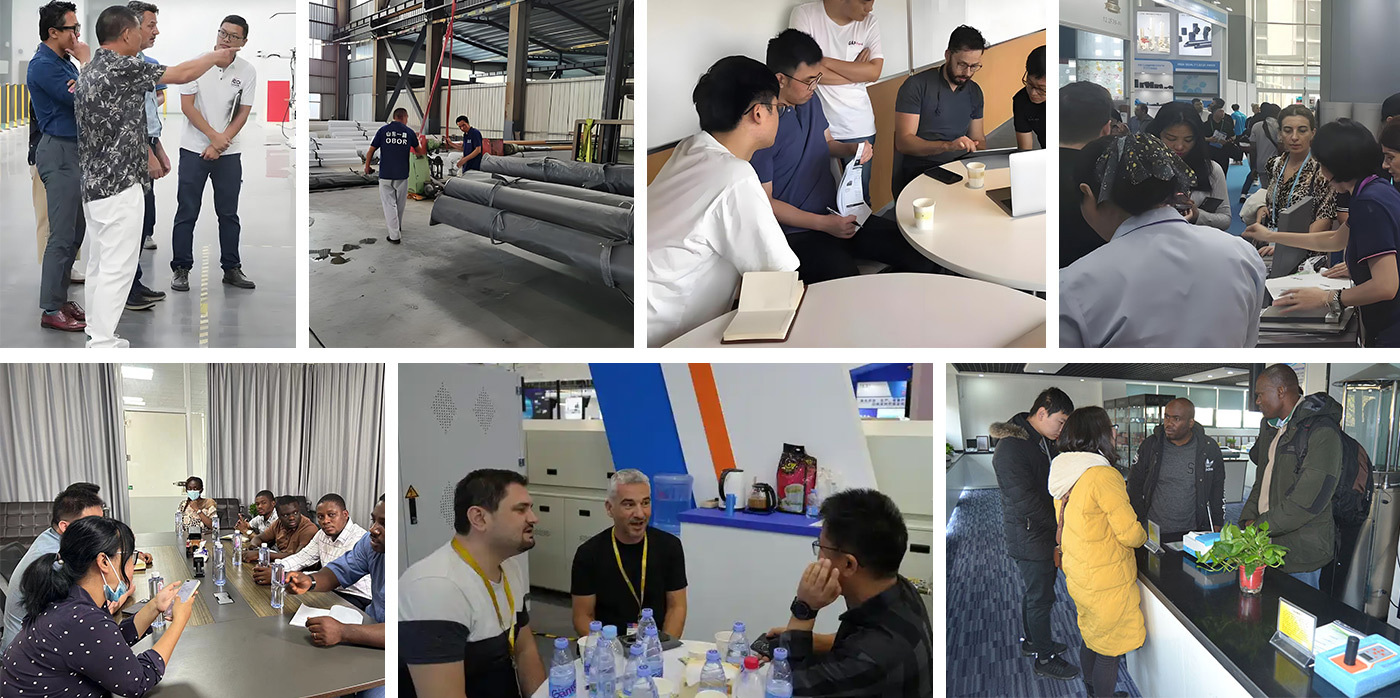
Customer Feedback

WHY CHOOSE US
High Cost Performance
High quality products and great prices.
Guarantee Quality
Product quality meets international quality inspection standards.
Advanced Equipment
We have introduced the latest production equipment.
Good Service
We have a professional team to serve you.
FAQ
About product prices?
Can you send samples?
How long is your delivery time?
How many SQM of one container can load?
Can I go to your factory to visit?
What is the roll width of your Geotextile Geomembrane ?
Product Consulting



